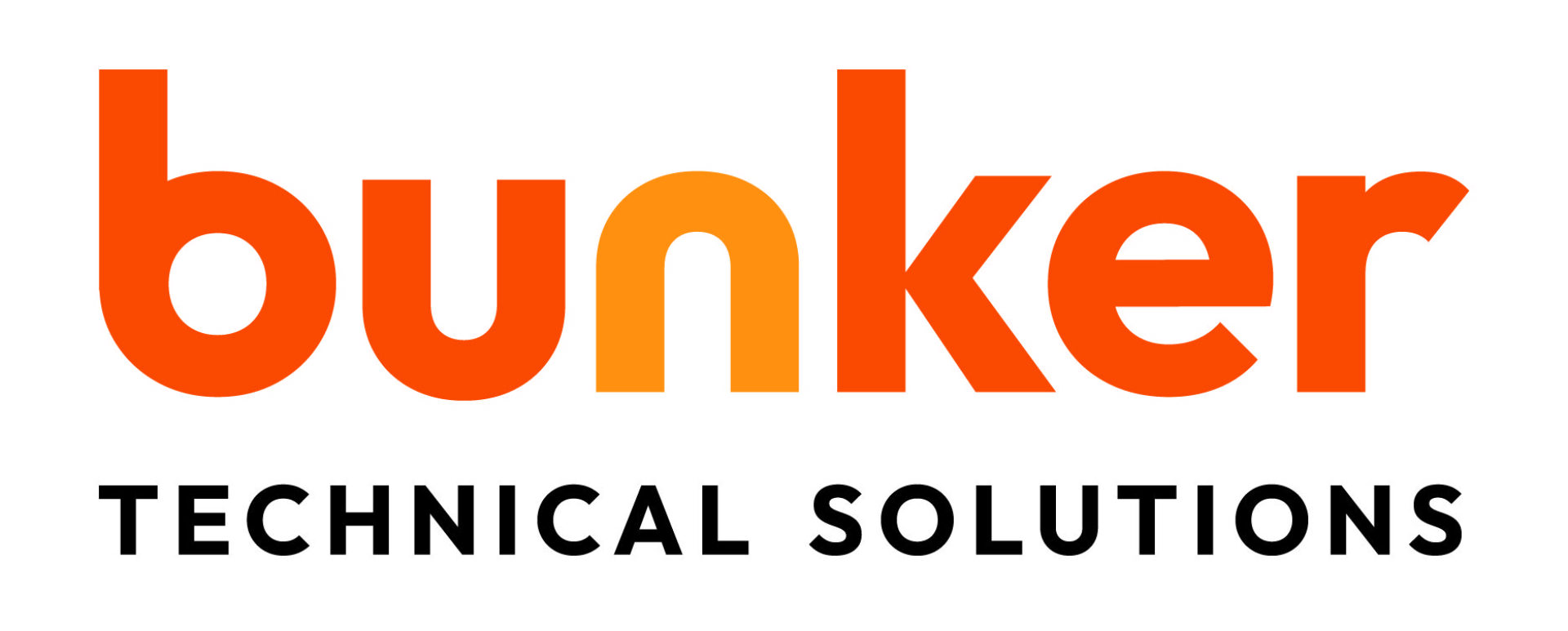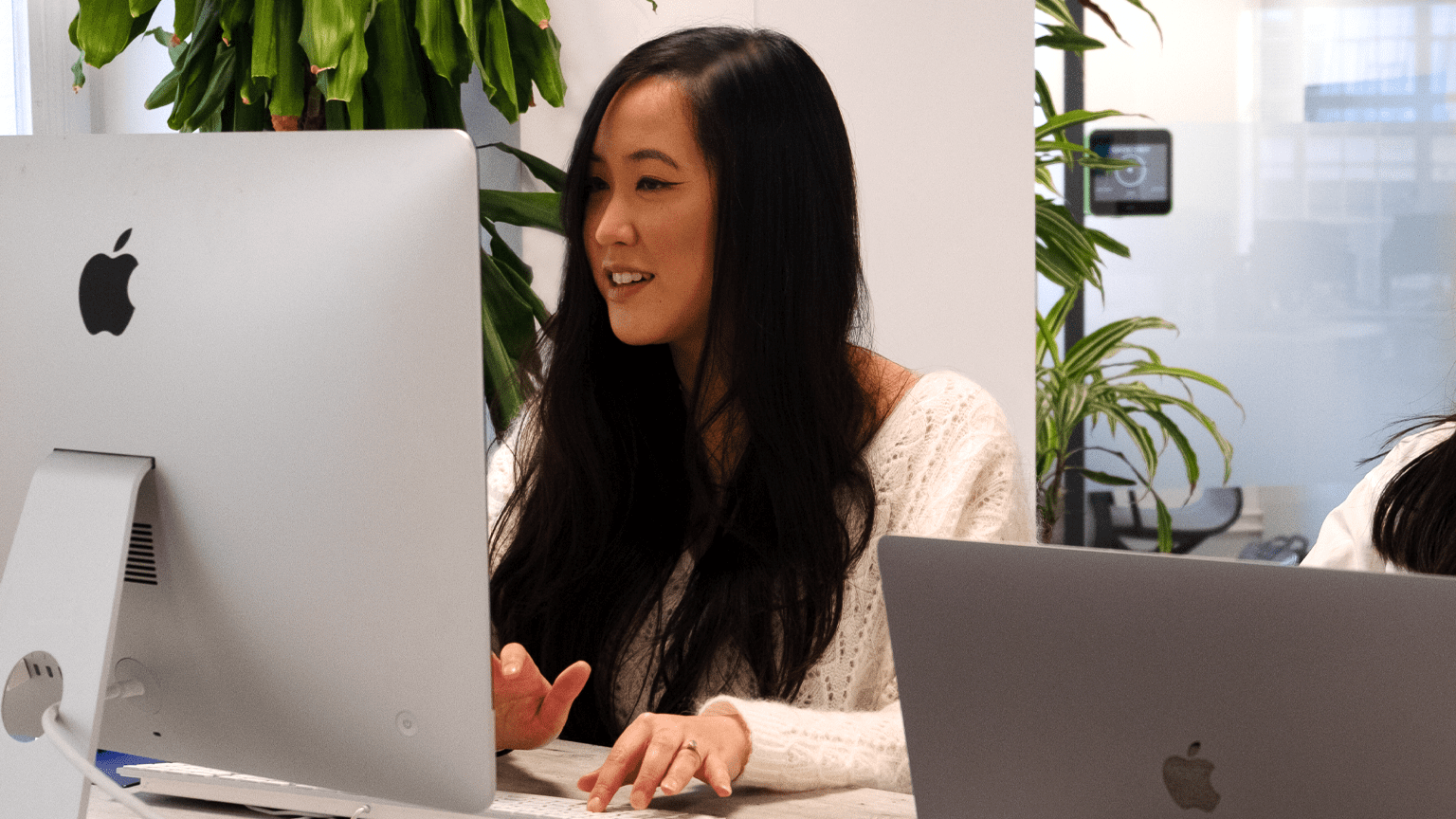Relying on AI in the Office? Are We Losing Our Work Ethic?
Understanding the Rise of AI Tools in the Modern Workplace
The modern workplace has witnessed a profound transformation, largely driven by the rapid integration of artificial intelligence tools. Once the domain of tech giants and specialized sectors, AI has now permeated everyday office environments, reshaping the nature of work and collaboration. This technological evolution is not merely about automation or efficiency; it signals a shift in how professionals approach problem-solving, decision-making, and even the most routine of tasks.
Today’s AI tools ranging from smart scheduling assistants and automated data analysers to advanced language models are designed to streamline workflows and reduce the time spent on repetitive activities. By harnessing machine learning and natural language processing, these tools can swiftly process vast datasets, generate insightful reports, and offer real-time solutions to complex challenges. The result is a workplace that operates with heightened speed and accuracy, empowering employees to focus more on creative, value-driven projects rather than monotonous chores.
Key Drivers Behind AI Adoption
- Efficiency Gains: AI minimises manual labor, allowing teams to accomplish more in less time.
- Cost Reduction: Automating tasks can lower operational expenses and reduce errors.
- Competitive Advantage: Early adopters of AI gain a strategic edge by leveraging data-driven insights for better decision-making.
- Enhanced Collaboration: Smart tools facilitate smoother communication and coordination, especially in remote or hybrid setups.
This accelerated embrace of AI in the office is not just a trend it’s a reflection of an evolving professional landscape determined to capitalize on technology’s promise. As organizations continue to integrate these intelligent solutions, understanding their role becomes paramount in shaping the future of work.
How AI is Shaping Everyday Office Tasks
The integration of artificial intelligence into the modern workplace is transforming the way everyday office tasks are executed. From automating repetitive processes to streamlining complex workflows, AI-powered tools have become indispensable assets in the pursuit of efficiency and productivity. No longer confined to the realm of science fiction, today’s AI systems are quietly embedded in a multitude of office functions, subtly reshaping how employees interact with their work.
Automation of Routine Processes
One of the most noticeable impacts of AI in the office is the automation of routine tasks. Scheduling meetings, managing emails, and sorting data are now effortlessly handled by intelligent assistants. These tools analyze calendars, prioritize urgent communications, and even draft responses, allowing professionals to focus on higher-level responsibilities. As a result, valuable hours once consumed by administrative work are now redirected toward strategic thinking and creative problem-solving.
Enhancing Collaboration and Communication
AI also plays a crucial role in enhancing collaboration among team members. Smart collaboration platforms leverage machine learning to suggest relevant documents, flag important updates, and facilitate real-time language translation, bridging gaps in global teams. By anticipating user needs and proactively surfacing information, these technologies foster seamless communication and ensure that projects progress smoothly.
As artificial intelligence continues to evolve, its influence on everyday office tasks is only set to deepen. The next section will explore whether this growing reliance on AI is affecting our traditional work ethic.
Evaluating the Impact of AI on Productivity and Creativity
The integration of artificial intelligence into the modern workplace has sparked a profound transformation in how tasks are approached and accomplished. AI tools, from automated scheduling assistants to advanced data analytics platforms, promise enhanced productivity by streamlining repetitive processes and minimizing human error. Employees are now able to shift their focus from monotonous administrative duties to higher-level tasks that demand critical thinking and strategic planning. This shift not only accelerates workflow but also fosters a more agile and responsive organizational environment.
However, the relationship between AI and workplace creativity is more nuanced. On the one hand, AI-powered solutions can inspire innovation by providing real-time insights, automating routine research, and generating new ideas based on data patterns previously unnoticed by human teams. For instance, AI-driven brainstorming applications can offer fresh perspectives, helping teams break free from cognitive ruts and approach problems from unique angles. On the other hand, an over-reliance on AI risks dampening original thought, as employees may begin to defer too quickly to algorithmic suggestions and automated outcomes rather than trusting their own creative instincts.
Striking the right balance between leveraging AI for productivity gains and nurturing creativity remains a critical challenge. Organizations must encourage employees to harness AI as a collaborative partner one that augments human capabilities without replacing the ingenuity and initiative that drive meaningful progress. As we continue to evaluate AI’s expanding role, it is essential to ensure that technological advancement enhances, rather than erodes, the core values that define a robust work ethic.
Balancing AI Assistance with Personal Effort and Skill Development
The integration of artificial intelligence into the modern workplace has revolutionized the way we approach daily tasks, but it raises a critical question: are we striking the right balance between leveraging AI tools and nurturing our own skills? While AI can automate repetitive processes, analyse vast amounts of data, and streamline communication, relying too heavily on these technologies risks undermining the very work ethic that propels professional growth.
True skill development requires an active commitment to learning, critical thinking, and problem-solving qualities that no algorithm can fully replicate. When employees become overly dependent on AI, there is a danger of becoming passive participants, accepting automated outcomes without question. This can stifle innovation and diminish the sense of achievement that comes from mastering new challenges through personal effort.
Cultivating a Healthy Partnership with AI
- Continuous Learning: Embrace AI as a tool that enhances your expertise, not as a substitute for learning. Regularly seek new knowledge and stay curious about emerging trends.
- Active Engagement: Use AI-generated insights as a foundation for deeper analysis, asking questions and challenging assumptions to foster independent thought.
- Skill Reinforcement: Practice core professional abilities such as communication, decision-making, and creativity alongside AI support, maintaining a robust work ethic and adaptability.
Ultimately, the most successful professionals are those who view AI not as a crutch but as a collaborator. By balancing technological assistance with personal initiative, employees can cultivate both efficiency and enduring expertise, ensuring that workplace progress is matched by individual growth.
Building a Healthy Relationship with Technology in Professional Settings
In today’s rapidly evolving workplace, the integration of artificial intelligence (AI) is transforming how we approach daily tasks, collaboration, and decision-making. Technology has undeniably boosted efficiency and opened new avenues for innovation, yet it’s essential to cultivate a balanced, intentional relationship with these digital tools. Rather than allowing convenience to erode our diligence, a conscious approach ensures that AI acts as a partner enhancing productivity while preserving the foundational values of hard work and accountability.
Developing a healthy relationship with technology begins with self-awareness and critical evaluation. Professionals must assess which aspects of their roles truly benefit from automation and where personal involvement is irreplaceable. For instance, while AI can streamline data analysis or automate repetitive administrative tasks, it cannot replicate the creativity, empathy, and nuanced judgment that define effective leadership and teamwork. Recognizing these boundaries helps safeguard the unique contributions humans bring to the table.
Strategies for Balanced Tech Integration
- Set Clear Boundaries: Designate specific times for tech-assisted work to prevent overreliance and encourage moments of focused, uninterrupted thinking.
- Prioritize Continuous Learning: Invest in upskilling to stay ahead of technological advancements, ensuring that your expertise complements rather than competes with AI’s capabilities.
- Champion Human Values: Emphasize collaboration, ethical decision-making, and personal accountability alongside technological efficiency.
By fostering a mindful partnership with AI, professionals can harness its strengths without sacrificing the work ethic and personal growth that drive long-term success.


